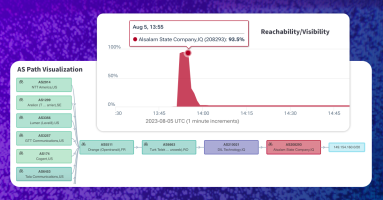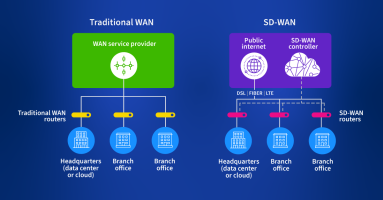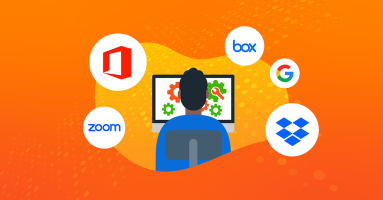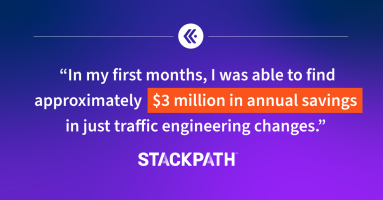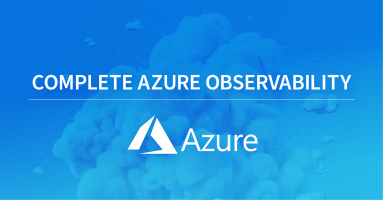Kentik Blog
























On Sunday, August 6, an undersea landslide in one of the world’s longest submarine canyons knocked out two of the most important submarine cables serving the African internet. The loss of these cables knocked out international internet bandwidth along the west coast of Africa. In this blog post, we review some history of the impact of undersea landslides on submarine cables and use some of Kentik’s unique data sets to explore the impacts of these cable breaks.
This past weekend, the government of Iraq blocked the popular messaging app Telegram, citing the need to protect Iraqi’s personal data. However, when an Iraqi government network leaked out a BGP hijack used for the block, it became yet another BGP incident that was both intentional, but also accidental. Thankfully disruption was minimized by Telegram’s use of RPKI.
The scalability, flexibility, and cost-effectiveness of cloud-based applications are well known, but they’re not immune to performance issues. We’ve got some of the best practices for ensuring effective application performance in the cloud.
SD-WAN is a reliable, fast, and secure WAN network. In this guide, you’ll learn some best practices for planning, monitoring, analyzing, and managing modern SD-WANs.
Discover how Kentik’s network observability platform aids in troubleshooting SaaS performance problems, offering a detailed view of packet loss, latency, jitter, DNS resolution time, and more. Phil Gervasi explains how to use Kentik’s synthetic testing and State of the Internet service to monitor popular SaaS providers like Microsoft 365.
No matter how much prevention you have, serious security incidents will inevitably occur. Read the next article in our security series that covers how to understand cyberattacks as quickly as possible so that your organization can respond swiftly.
When your business is all about providing cloud services at the edge, optimizing the quality of your network connectivity is paramount to customer success. Learn how StackPath saved $3 million and optimized their network performance by using Kentik.
Organizations are under constant attack, and it’s critical to reduce the time it takes to detect attacks to minimize their cost. This first article in our new security series dives deep into how Kentik helps customers before, during, and after a cyberattack.
Kentik customers can now map traffic and performance of Microsoft Azure infrastructure with visibility into Azure Firewalls, Express Routes, Load Balancers, VWANs, and more in Kentik Cloud.

